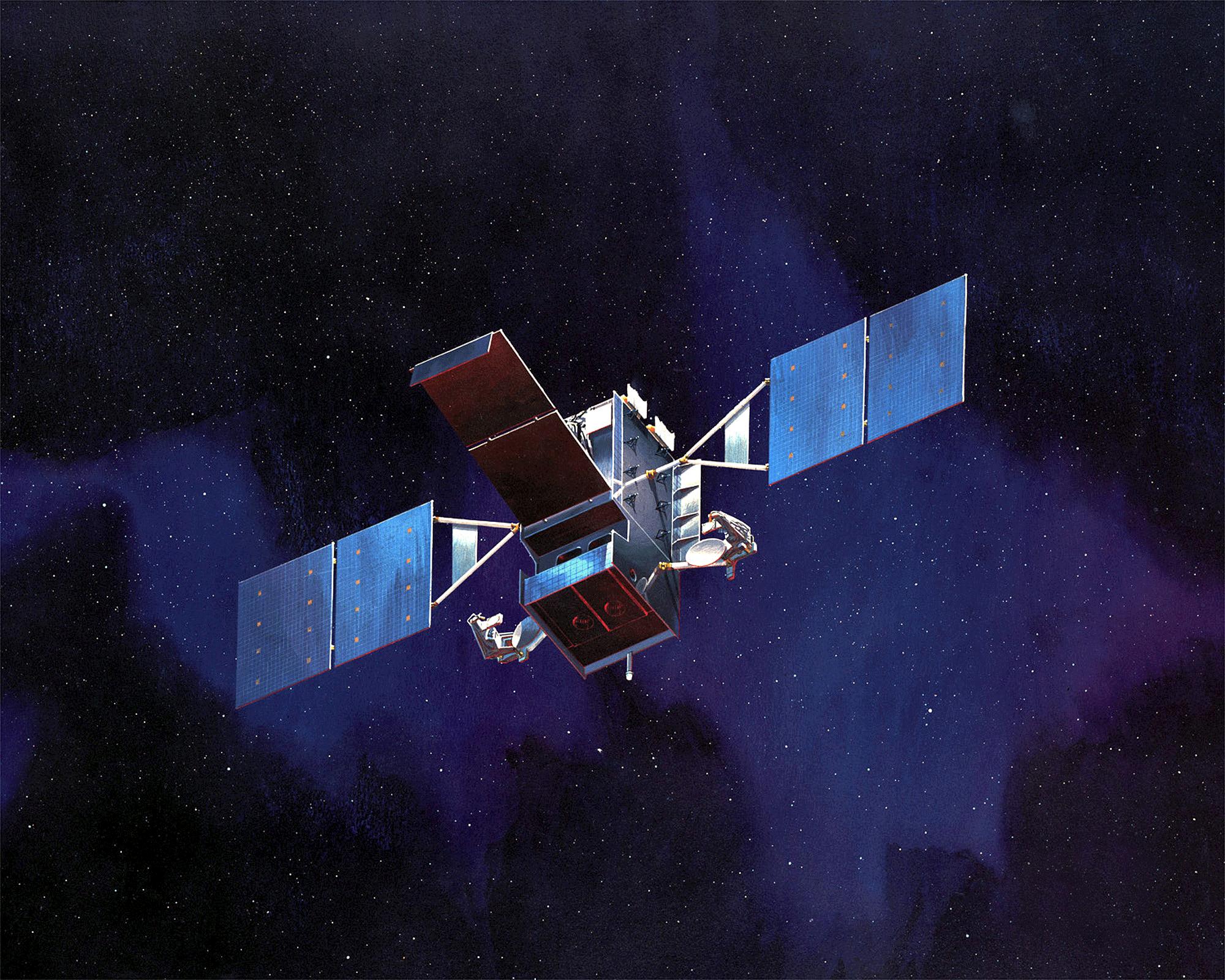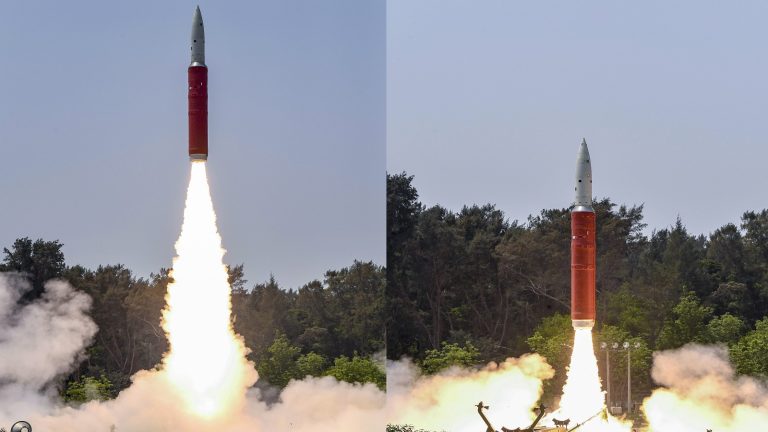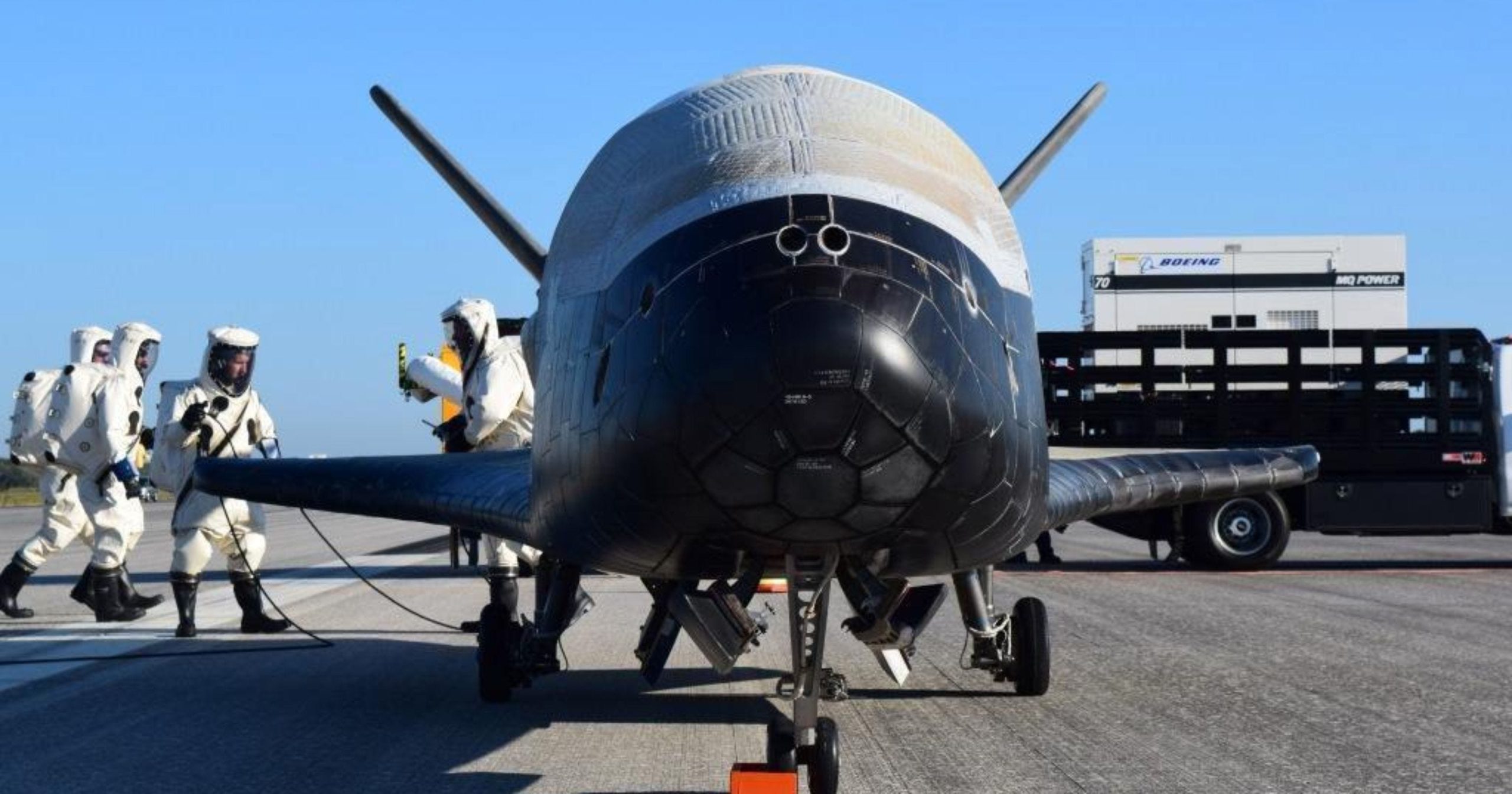Recently, SDA released the first information consultation on the federal business opportunity network of the US government, seeking the design concepts and schemes of satellite platforms, payloads, launch platforms and related ground facilities needed for the development of the next generation space architecture from the industry.
This is the first information consultation book issued by NASA since its establishment on March 12, and its development trend deserves attention.

The U.S. military believes that active satellites are powerful, but their survivability is insufficient, so it is necessary to explore new platforms. The picture shows the American SBIRS missile early warning satellite.
The development thinking of American space equipment is brewing a major change.
After Trump took office, he attached great importance to space. From the reconstruction of the space command, the establishment of the space army to the establishment of the space development agency, the US military’s space decrees, military orders and space equipment research and development system are undergoing major adjustments and changes. In this context, the US military is speeding up the planning and design of the next generation space system. The new version of the Missile Defense Assessment Report and the first project solicitation notice of the Space Development Agency reveal some clues.
In 1983, in order to prevent hostile countries from launching nuclear attacks on the United States and its allies, then US President Ronald Reagan proposed the "Star Wars" plan, which consisted of intercontinental ballistic missile defense and anti-satellite, and advanced the development of space weapons, which had a significant impact in history. Because the investment and technical difficulty of the "Star Wars" plan was too great, which exceeded the objective reality at that time, it was forced to suspend in 1993 and turned into a more realistic and feasible missile defense plan. In recent years, due to the rapid development of missile penetration technology, especially hypersonic technology, the missile defense system in the United States, which is mainly based on land and sea, is facing development bottlenecks, and there are calls and trends to shift the focus of missile defense to space.
On January 17 this year, the new version of the US Missile Defense Assessment Report clearly stated that the use of space can provide a more effective, flexible and adaptable missile defense posture. Space-based sensor system is not limited by geography, and can monitor, detect and track missiles launched almost anywhere in the world; Space-based interceptor and directed energy weapon are effective ways to intercept missile booster phase, effectively resist penetration and greatly improve the overall efficiency of missile defense system. Confirmed by the above statement, the US Congress has asked the Ministry of National Defense to carry out special research and demonstration on space-based sensors, space-based interceptors and even particle beam weapons, and come up with concrete and feasible development plans.

India conducted an anti-satellite test in March this year.
On July 1, the US Army’s New Space Development Agency issued the first project solicitation notice, which clearly pointed out the military needs of the US military’s new generation of space system construction to missile defense and space confrontation, marking a major change in the development ideas and ways of the US military’s space equipment system. The background is that the strategic focus of the United States has shifted to the competition of big countries, and it is believed that the existing space architecture and equipment can not maintain absolute superiority, especially in the case of the continuous development of anti-satellite missiles, cyber attacks and common-orbit spacecraft in some countries, once the space system dominated by large spacecraft is destroyed, it is difficult to replenish it in a short time, that is, there is insufficient flexibility; The second is that the existing space architecture and equipment can’t cope with emerging threats, especially hypersonic weapons, and the active missile early warning satellites can’t effectively provide timely early warning and tracking.
The new architecture will have a subversive impact on space attack and defense.
The first project solicitation notice of the Space Development Agency borrowed the idea of DARPA "Black Jack" satellite project, turned to the booming commercial space technology to seek subversion, and tried to develop the concepts, methods, technologies and systems related to the next generation flexible, flexible and agile space system based on micro-satellite technology, rapid launch technology and artificial intelligence technology.
According to the eight key space capabilities proposed in the "Space Vision of the Ministry of National Defense", the Space Development Agency proposed that the next generation space system of the US military should be composed of seven functional layers. First, the transport layer: it provides 7×24 hours uninterrupted and low-delay data transmission and communication around the world; The second is the tracking layer: it provides space-based target detection, early warning, tracking and indication to defend against the threat of advanced missiles (including hypersonic weapons); Third, the monitoring layer: monitoring time-sensitive targets around the clock, providing key guarantee for attacking enemy missile launchers, radar stations and command nodes before launching; The fourth is the deterrent layer: it provides the target situation awareness and rapid access and maneuver in the space range of the earth and the moon, and responds to the challenges posed by space attack and defense; Fifth, the navigation layer: provide positioning, navigation and timing capabilities in the environment of GPS refusal, and enhance the joint operational support capability under the conditions of space confrontation; Sixth, battlefield management: provide battlefield management, command, control and communication based on distributed artificial intelligence, including on-board intelligent autonomous mission planning, data processing, encryption and distribution, etc., and directly provide space information support for tactical users; Seventh, the ground support layer: providing the carrier system and ground facilities for the rapid maneuvering launch measurement and control of large-scale small satellite constellations, deploying portable, serialized and intelligent satellite application terminals, and providing supporting ground system support for flexible, elastic and agile on-orbit systems, thus forming an economical and practical next-generation space system.

The next generation space architecture attaches great importance to dealing with emerging threats.
As can be seen from the above-mentioned seven-layer architecture, the tracking layer and the monitoring layer mainly serve missile defense operations, especially for the whole-course target detection, tracking and indication of hypersonic vehicles; The deterrent layer and navigation layer are mainly oriented to space attack and defense confrontation, and the operational scope extends from low orbit and geostationary orbit to higher and farther earth-moon space; The battlefield management faces the intelligent development of space, further enhancing the timeliness and convenience of space-based information to support joint operations; The ground support layer provides rapid launch, measurement and control and application support for large-scale small satellite constellations, ensuring the rapid supplement and update of small satellite constellations under the condition of confrontation, and improving the efficiency of large-scale ground application of satellites; The transport layer provides interconnection between heaven and earth, between satellites in different functional layers and between satellites in the same functional layer, which constitutes the technical foundation and common support of the next generation space system.
To sum up, the development concept of the next generation space system of the U.S. military has changed from "making great beauty and ensuring zero risk" in traditional military space to pursuing "scale, economy and not being afraid of hitting" to win advantages, focusing more on missile defense and space attack and defense in target positioning, and emphasizing more practical and integrated functions and flexibility, flexibility and agility. Once the next generation space system of the US military is realized and put into actual combat, it will have a subversive impact on missile defense and space attack and defense operations, and change people’s existing understanding of the space battlefield, which deserves close attention from the world.
(The author is a professor at the Space Strategy Research Center of National University of Defense Technology)
关于作者